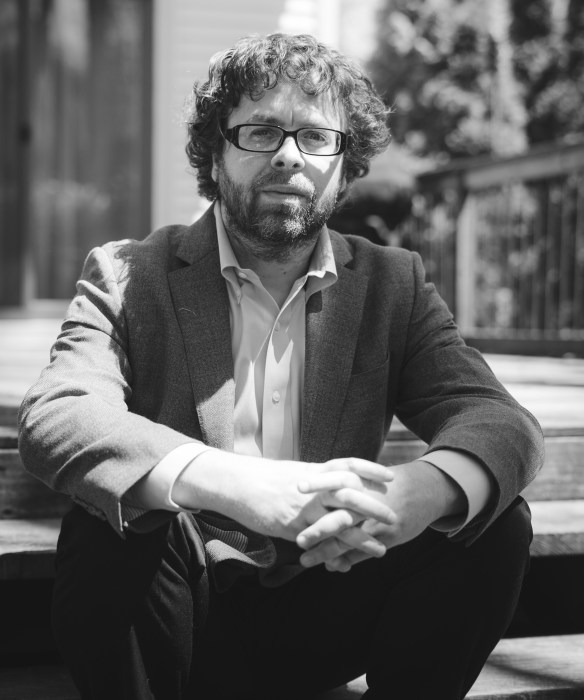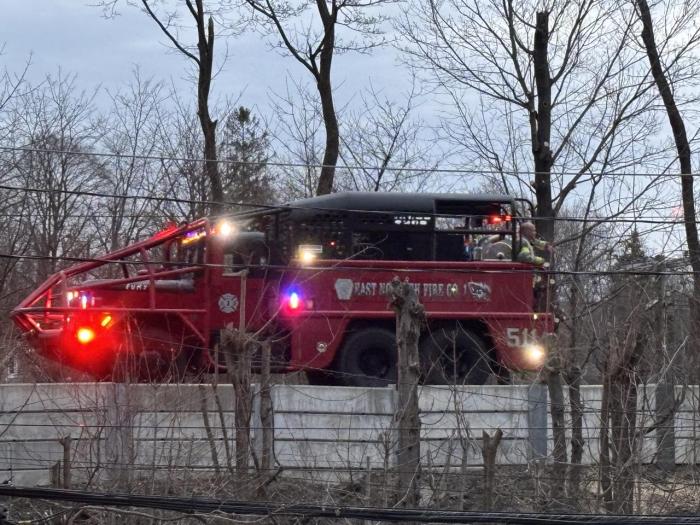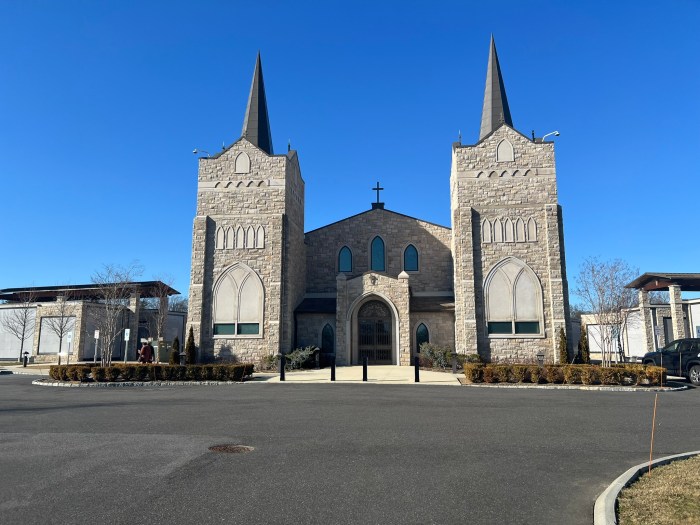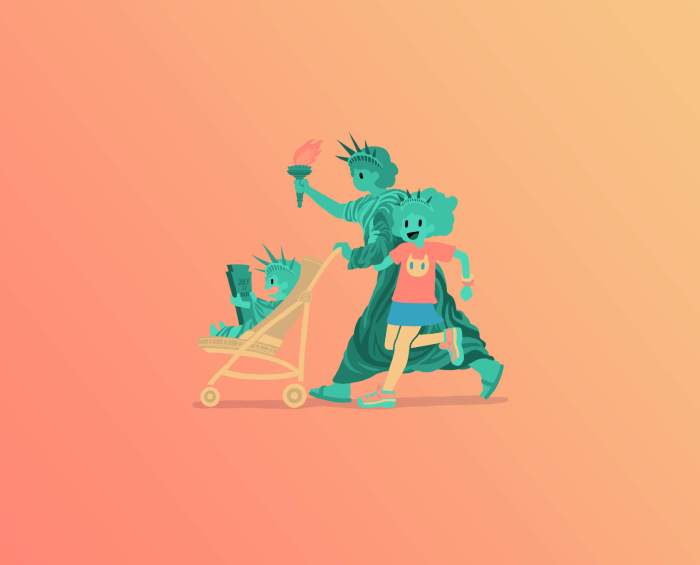In a year where New York City saw nearly 2,000 murders, the 1983 death of young black artist Michael Stewart at the hands of New York City Transit Authority police stood out.
It would spark a cultural movement across communities around the city, which is mostly forgotten today.
Port Washington resident Elon Green’s latest book, “The Man Nobody Killed: Life, Death, and Art in Michael Stewart’s New York,” is the first full-length written account of Stewart’s story, which influenced the works of artists like Keith Haring, Jean-Michel Basquiat and Madonna.
On September 15, 1983, around 3 a.m., transit police arrested Stewart, an aspiring artist, deejay and model who was returning home after a night out for allegedly spraying graffiti on the Brooklyn-bound tracks of the First Avenue subway station in Manhattan.
Stewart allegedly ran off while in custody near the District 4 Transit Police Station in Union Square and was knocked down by transit police officers after making his way up the subway station’s stairs.
Dozens of students at Parsons School of Design would hear Stewart’s screams and reportedly saw officers choke Stewart with a nightstick. Following the beating, Stewart would sit in a coma at Bellevue Hospital for 13 days before dying.
Years of litigation ended with acquittals for those involved in Stewart’s beating and death.

Green said he learned about the case online, and his curiosity led him down a rabbit hole researching each player, from the witnesses to the medical examiner whose reports initially ruled Stewart died of alcohol poisoning before changing it to a spinal cord injury in the neck.
After combing through every document and public record he could find, whether online or at the New York Public Library and the city’s municipal records, Green said he called every name the news reported at the time.
While Green said the case isn’t common knowledge today, in part because the city’s violence, crack and AIDS crises had taken up much of the public’s attention, Stewart’s death would inspire the works of fellow artists.
Stewart lived and worked in the periphery of Basquiat, Madonna, and Haring. He sprayed subway stations like Basquiat and Haring, deejayed around the city, and worked as a busboy at the Pyramid Club. He even appeared in the background of Madonna’s first music video, “Everybody.”
In the days following Stewart’s death, Basquiat created the work “Defacement (The Death of Michael Stewart)” on the walls of Haring’s nearby studio. The piece depicts two police officers with sticks aiming at Stewart, represented as a black silhouette. The piece was later removed from Haring’s wall and was featured at the Guggenheim in 2019.
Haring also created a painting based on the killing for USA for Africa in 1985, while director Spike Lee based his character “Radio Raheem,” who also dies at the hands of police in his film “Do the Right Thing,” on Stewart. Toni Morrison’s only stage play, “Dreaming Emmett,” was also inspired by Stewart’s death.
Stewart’s death also inspired political violence, Green said. A group called the Red Guerrilla Defense bombed the Patrolman’s Benevolent Association in lower Manhattan in 1985 because the union supported cops, and another bombing occurred in Eisenhower Park around the same time.
Green’s book on the life and death of Stewart is his second published. His first book, “Last Call: A True Story of Love, Lust, and Murder in Queer New York,” was turned into a four-part HBO documentary series of nearly the same name. Green has also written stories for publications like The New York Times, Vulture and The New Yorker.
“The Man Nobody Killed: Life, Death, and Art in Michael Stewart’s New York” is available wherever books are sold. To learn more about Elon Green, visit his website www.elongreen.com.
































